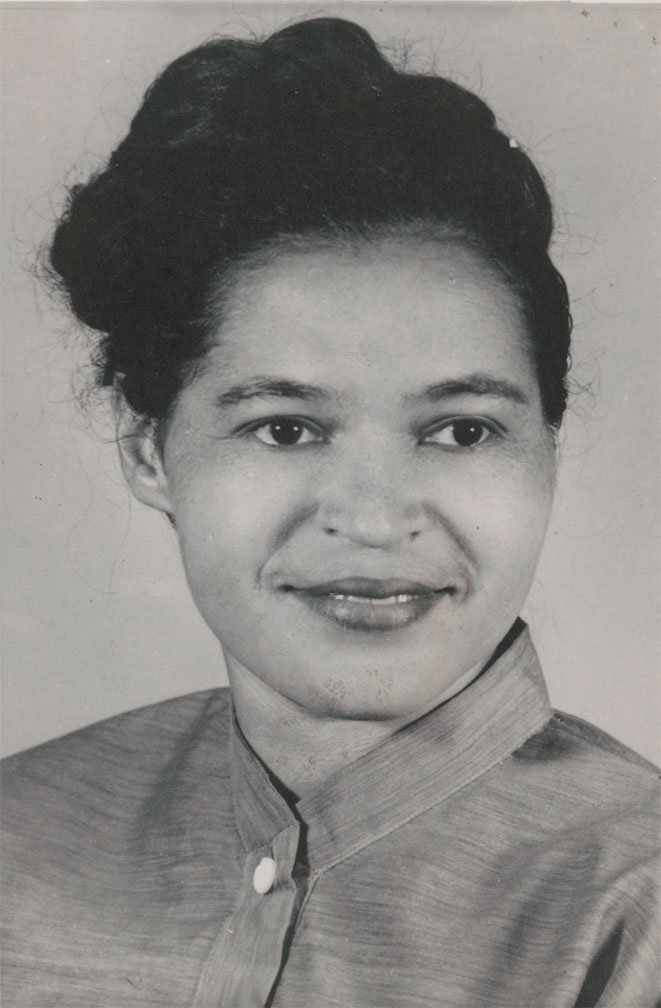Bus Boycott Begins

On December 1,1955, Rosa Parks, a Black seamstress in Montgomery, Alabama, refused to surrender her seat when she was ordered to by the bus driver. She was arrested. A citywide boycott of the bus company resulted. In December 1956, the Supreme Court ruled that segregation on public buses was illegal.
Until 1955 the Jim Crow laws that existed in much of the South resulted in segregated bus lines. This was the case in Montgomery Alabama. In 1946 the NAACP fought the Jim Crow laws in court by bringing the case of Morgan v Virginia. That case made it illegal to enforce segregation in interstate bus lines. It did not apply to local bus lines. Thus the Montgomery bus lines remained segregated with Blacks being forced to sit in the back part of the bus.
On December 1, 1955, Rosa Parks a seamstress from Montgomery and also the vice chairperson of the NAACP in the city, was on a bus. She was sitting in the middle of the bus and area reserved for both Whites and Blacks, but where the Blacks were expected to move further back if there were more white people on the bus. When additional whites entered the bus, the driver told her to move back. She refused. The city did not have a law segregating buses but had a law requiring riders to listen to drivers. Parks was arrested and convicted. She was charged a $10 fee and forced to pay $4 in court fees.
As a result of the arrest, the African Americans of Montgomery led by Reverand Martin Luther King began a boycott of the busses of the city. The boycott was very effective causing significant economic distress to the bus company. The boycott organizers were arrested under a 1921 law that made it illegal to interfere with commerce. King spent two weeks in jail, but the case brought national attention to the boycott. In 1956 the Supreme Court ruled in the case of Border v Gayle that Alabama segregation laws were unconstitutional.
On December 20, 1956, 381 days after the boycott began the city of Montgomery caved and passed a law guaranteeing that African Americans could sit anywhere on a bus.
